Daily posting sounds productive, even safe. But in B2B services, I’ve learned the hard way that busy doesn’t always mean pipeline. The posting frequency myth keeps teams on a content treadmill while the deals I actually want come from relevance, depth, and proof. I’m cutting the noise, keeping the energy, and focusing on what moves qualified leads.
Posting frequency myth: why daily isn’t always better
The myth says more posts mean more reach, which means more leads. Simple, right? Not quite. Social and search systems reward engagement, not volume. One page that answers a hard problem for a precise ICP will beat seven filler posts almost every time. And B2B raises the stakes: most buying groups involve 6–10 stakeholders (Gartner), cycles are long, and intent is narrow - so random traffic rarely turns into revenue. For social scheduling, a HubSpot study also shows that posting a few times a week can perform as well as, or better than, posting daily.
My short version for CEOs: daily output does not equal pipeline. Relevance to buyer pain, supported by proof, equals pipeline. When I post every day, I’m more likely to spread topics thin, repeat ideas, and cannibalize keywords. When I publish with intent - even at a lighter cadence - I earn stronger time on page, healthier assisted conversions, and better sales conversations. I’ve seen this pattern hold even when raw traffic dips.
Visual I keep in mind: Volume vs. Relevance vs. Lead Quality
- X axis: Posting frequency
- Y axes: Engagement and Lead quality
- Curves: Volume rises then flattens; Relevance rises slower but holds; Lead quality climbs with relevance and stays stable with moderate frequency
How I translate this to B2B reality:
- Narrow ICPs: I don’t need a crowd; I need the right 500 buyers in a niche.
- Longer cycles: Content has to support stages and roles, not just clicks.
- Decision depth: Guides, comparisons, and proof beat short updates.
A smarter content system: what I focus on instead
I think less “conveyor belt,” more “content system.” A durable B2B stack works like a pyramid where each layer supports the next.
Core components I rely on
- ICP pain mapping: I list the 10 recurring problems for each segment and map content to how those pains surface in meetings, Slack threads, and QBRs.
- Service and solution hubs: I build topic clusters that point to core services. Each cluster surrounds a service page with helpful resources, how-tos, and proof.
- Thought leadership: I share original angles and frameworks that help buyers reframe problems. The Edelman–LinkedIn research on thought leadership’s impact on RFP inclusion underscores why quality here matters.
- Case studies: Short, outcome-first stories with screenshots, timelines, blockers, and what changed.
- Comparison pages: Fair, factual pages that compare approaches or categories. Buyers search for them; I meet them there.
A simple way I organize the work: three buckets
- Demand capture: High-intent pages - pricing, use cases, integrations, competitor alternatives.
- Demand creation: POVs, trends, and data that spark interest before buyers search.
- Sales enablement: FAQs, ROI narratives, objection handlers, and implementation guides so reps can move deals.
Visual I use: Strategy pyramid with KPIs per layer
- Base: Demand capture (KPIs: SQLs, assisted conversions)
- Middle: Sales enablement (KPIs: influenced opps, time-to-close lift)
- Top: Demand creation (KPIs: branded search, newsletter growth)
Over-posting risks I watch in B2B
Publishing too often can chip away at performance, even if traffic bumps in the short term.
Risks that show up fast
- Audience fatigue: Repetitive topics train people to skim and bounce.
- Team burnout: Quality slips when the calendar - not the buyer - drives the work. See more on preventing blogging burnout.
- Thin content and diluted E-E-A-T: Short, generic posts drown out expert pages and weaken trust.
- Cannibalization: Multiple posts chase the same query, causing rank instability and split signals.
- Wasted crawl budget: On larger sites, bots waste cycles on weak URLs instead of winners.
Warning signs I track
- Falling average time on page on core themes
- Rising bounce on pages with overlapping keywords
- Lower assisted conversions from blog traffic
- Dropping CTR on formerly strong rankings
- Spiky rank volatility within clusters
A quick cannibalization example
- I publish “B2B content calendar template” and “How to build a B2B content calendar” within weeks.
- Both hover on page two, swapping positions.
- Neither gains page-one momentum because signals split.
Fix: I merge into one definitive guide with clear subheads, 301 the weaker URL, and pass internal links to the stronger page.
How I set cadence and workflow that compound
I aim for a tempo I can sustain for six months without quality dipping - and I tie cadence to funnel stages rather than the clock.
Monthly tempo by funnel stage
- TOFU: 2–3 pieces that build problem awareness or share a fresh angle
- MOFU: 1 piece covering solutions, integrations, or “how it works”
- BOFU: 1–2 assets such as case studies, comparisons, or ROI explainers
Workflow that prevents rework
- Research: Query intent, SERP patterns, and competitor gaps
- Outline: Headings mapped to search intent and buyer questions
- SME interview: 20–30 minutes to pull stories, numbers, and pitfalls
- Draft: Clear, skimmable copy with examples and internal links
- Optimize: Title tags, meta, schema, and on-page UX tweaks
- Internal link pass: From pillars to clusters and from clusters back to service pages
- Publish: Include next-step paths for each ICP role
- Update loop: Review performance and refresh top URLs every 90–120 days
Governance that keeps things accountable
- Clear owners: One content lead, one SEO lead, one SME reviewer, one editor
- SLAs: Turnaround times for each stage with a weekly review block
- Definition of done: Meets intent, cites sources where relevant, includes internal links, passes a simple editorial checklist, and supports a service or cluster
Helpful tools for planning and measurement
To keep cadence realistic and performance-focused, I use scheduling and analytics tools that support a plan over posting more.
- Planning to map a sustainable content calendar and maintain balance across funnel stages
- Analytics to identify optimal posting frequency and topics that actually drive engagement
- social listening to capture audience language and refine messaging
B2B blogging ROI: timelines and proof I trust
Leaders want clarity on when content turns into revenue. I keep the math simple while acknowledging attribution isn’t perfect.
A simple model
- Pipeline influenced = MQLs from content × SQL rate × close rate × ACV
- ROI = (Pipeline influenced × average win rate) × gross margin ÷ total content cost
Reasonable timelines I plan around
- 3–4 months: Indexation traction for new pages and early ranking movement
- 6–9 months: Steady MQLs from demand-capture clusters
- 9–12 months: Compounding growth across priority themes and higher assisted conversions
Note: Domain strength, topic difficulty, and cadence move these windows.
Micro case snapshot (anonymized)
- Context: Mid-market B2B services firm, DA in the 30s, limited historic content
- Actions: Consolidated 18 thin posts into 6 strong guides, shipped 3 comparison pages, added 2 case studies, and refreshed the top 10 URLs
- 6 months: 62% lift in non-brand clicks, 19 new page-one rankings, 14 inbound demo requests tied to three BOFU pages
- 12 months: Blog-assisted pipeline at 28% of total, with higher ACV deals tied to comparison and case content
Caveat: Correlation isn’t causation, but trend lines and sourced touchpoints supported the impact.
Benefits that matter: quality leads over vanity traffic
Traffic is easy to chase. Qualified attention is what I want. A focused B2B program compounds across outcomes that matter.
Where the gains show up
- SERP share of voice: More page-one results for high-intent queries in my category
- Sales cycle support: Reps share assets that answer objections and speed decisions
- Higher ACV opportunities: Buyers who read deep content arrive with better fit and stronger intent
- Lower blended CAC: Organic eases reliance on paid-only growth
- Compounding traffic: Each new post supports the next through internal links
Internal linking plan that earns momentum
- Pillar: A comprehensive page for each service theme
- Cluster: 6–10 supporting posts covering subtopics, FAQs, and integration angles
- Proof: Case studies and short stories linked from each cluster
- Flow: Clusters link up to the pillar and over to the service page; case studies link back to both
Visual I keep handy: Funnel overlay
- Top: Thought pieces and guides attract awareness
- Middle: Integration pages, use cases, and calculators build belief
- Bottom: Comparisons, pricing notes, and case studies drive action
Quality over quantity: the takeaway I don’t forget
If I remember one thing, it’s this: the posting frequency myth keeps teams busy without moving the needle. I focus on work that earns trust and makes sales easier.
Three short truths I use to steer decisions
- Relevance to the ICP beats posting daily
- A purposeful cadence beats sporadic sprints
- Updates and refreshes beat endless new posts
If I had 90 days, here’s how I’d deploy them
- Audit: Map current posts to ICP pain, funnel stage, and keywords; flag cannibalization and thin pages
- Prioritize: Pick two clusters tied to revenue and one BOFU page with near-miss rankings
- Publish cadence: 4–6 high-quality posts per month, including 1 MOFU and 1–2 BOFU assets
- Refresh loop: Update the top 10 URLs with better intros, fresher data, tighter internal links, and CTAs that match buyer stage
For the skeptical CEO
- If the team is stretched, reduce cadence and raise the bar for each post
- Merge thin posts, redirect duplicates, and route internal links to the strongest pages
- Tie every cluster to a service page and a sales outcome, not just a keyword list
Why this works
- It aligns the calendar to pipeline, not publishing for its own sake
- It gives sales content they actually use
- It builds trust with buyers who want clarity, not noise
FAQs: posting frequency myth
Q: Do I need to post every day to see results?
A: No. The frequency myth confuses motion with progress. Relevance and consistency win. Many B2B teams do well with 4–6 strong posts a month or 2–3 plus regular refreshes. See the cadence section above for a sample tempo. For more context on sustainable posting, this guide on how often bloggers publish weekly can help.
Q: How long until blogging drives qualified B2B leads?
A: Expect early movement at 3–4 months, steadier MQLs at 6–9 months, and compounding growth by 9–12 months. For earlier wins, prioritize BOFU pages such as comparisons and case studies while TOFU builds.
Q: Is blogging dead for B2B?
A: Not even close. Blogs still power organic share of pipeline, support sales conversations, and compound over time. Most published pages never get traffic (Ahrefs), which is more reason to focus on quality over volume.
Q: Can small B2B companies compete without huge traffic?
A: Yes. You don’t need big traffic; you need the right traffic. Target intent-led keywords, use fair comparisons, and keep clusters tight. One BOFU page that converts beats ten unfocused posts.
Q: Should I prioritize SEO or thought leadership?
A: I blend them. SEO captures demand; thought leadership creates it. The strategy stack above shows how the layers work together.
Q: Do SMEs need to write every post?
A: No. I run short SME interviews and ghostwrite the draft. SMEs are best used for quotes, stories, and review.
Q: How often should I update old posts?
A: Every 90–120 days for top URLs - or sooner if rankings or CTR slip. I track changes in time on page, CTR, and assisted conversions after each refresh.
All told, the posting frequency myth fades when content earns attention and drives real conversations. I keep it focused, useful, and worth returning to - and I give my strongest pages the care they deserve. That’s how a schedule becomes a system that actually supports growth.

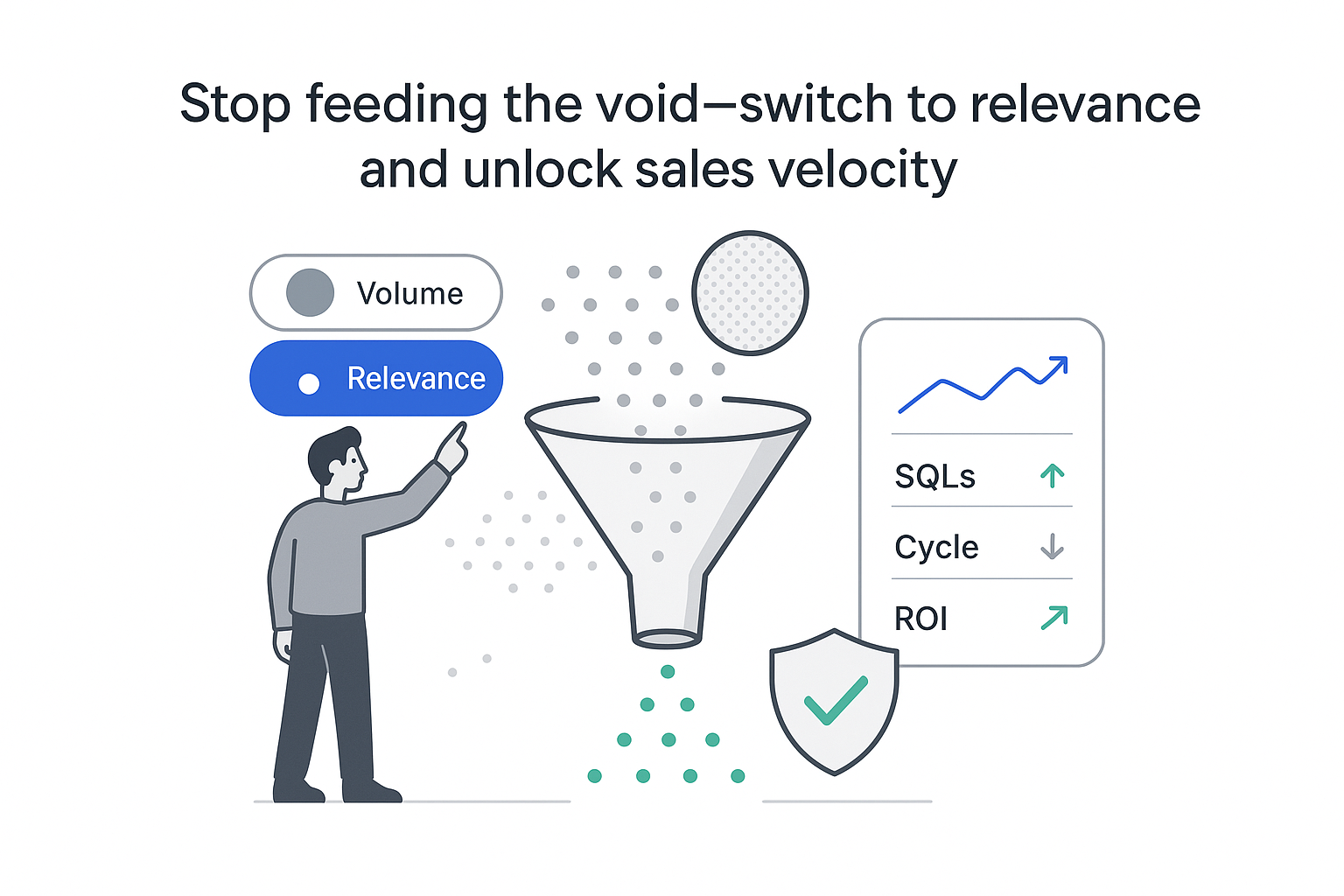

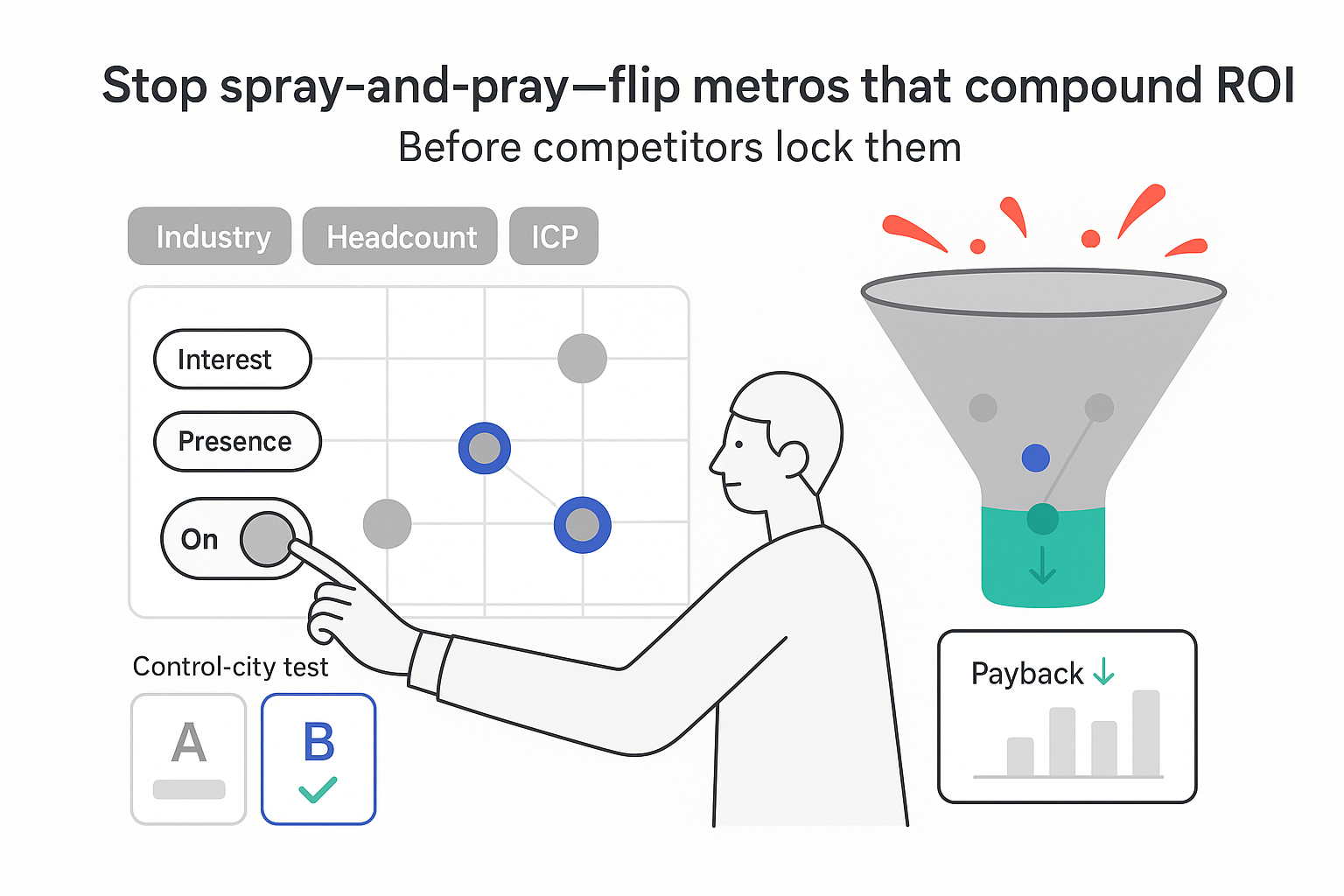
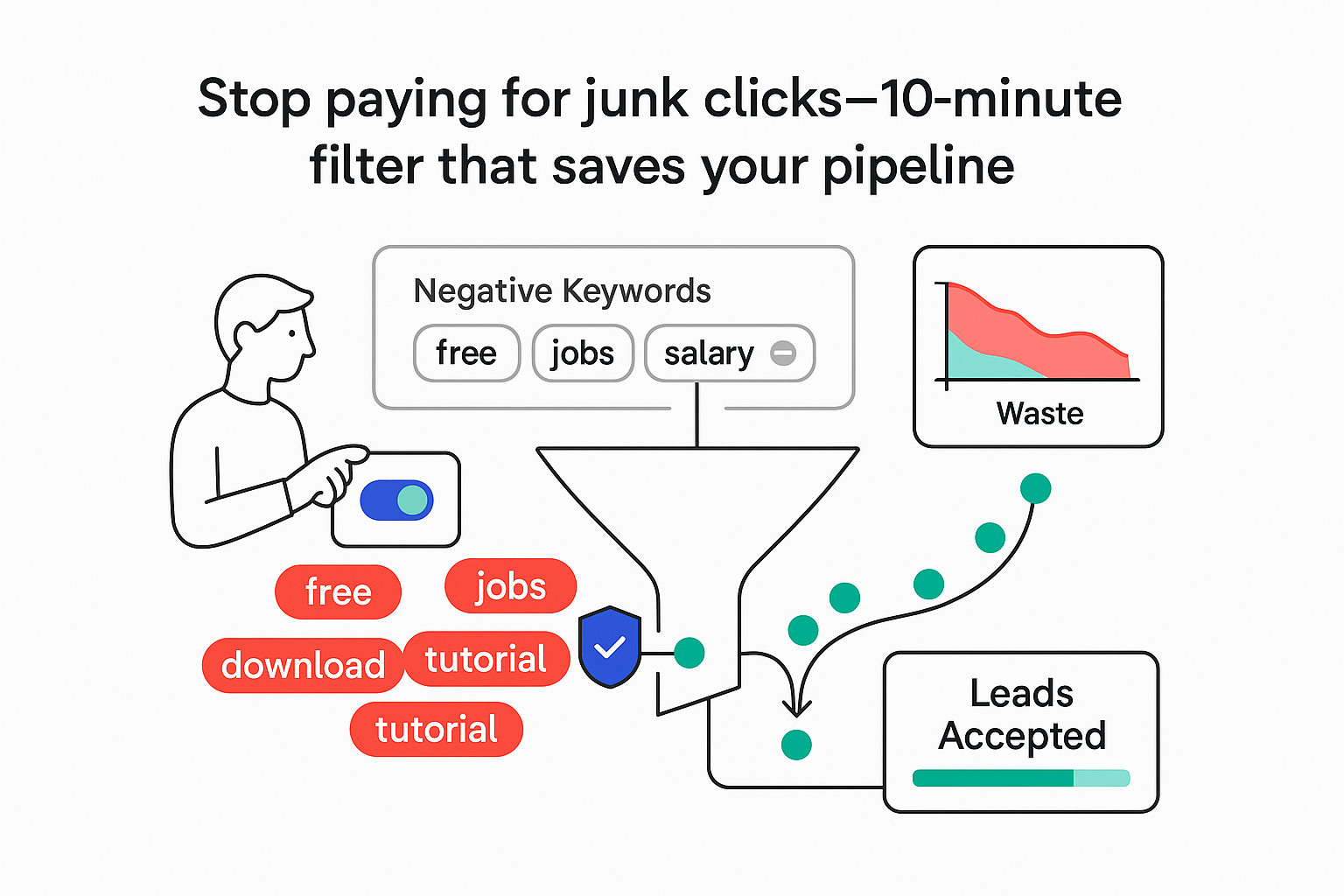
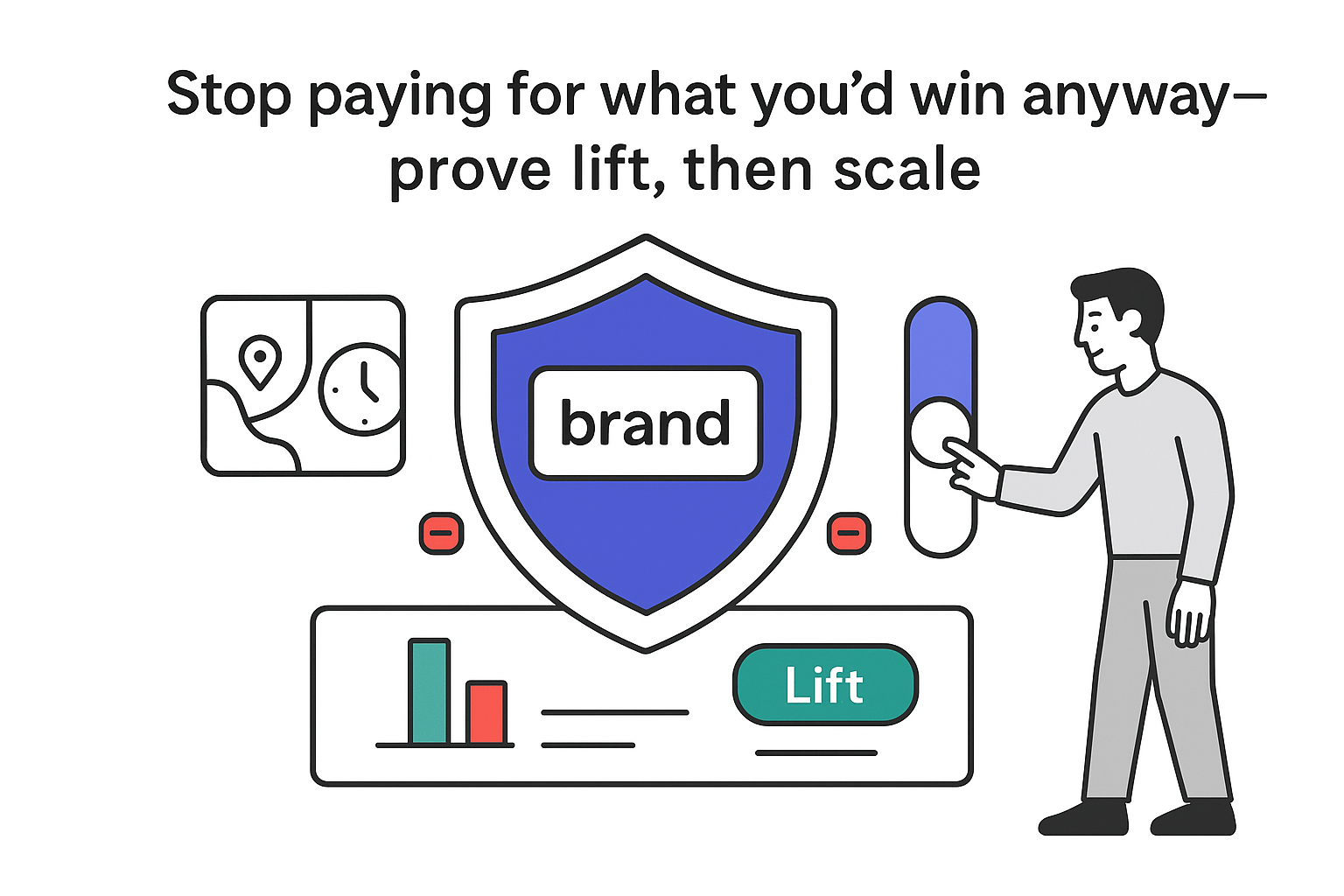
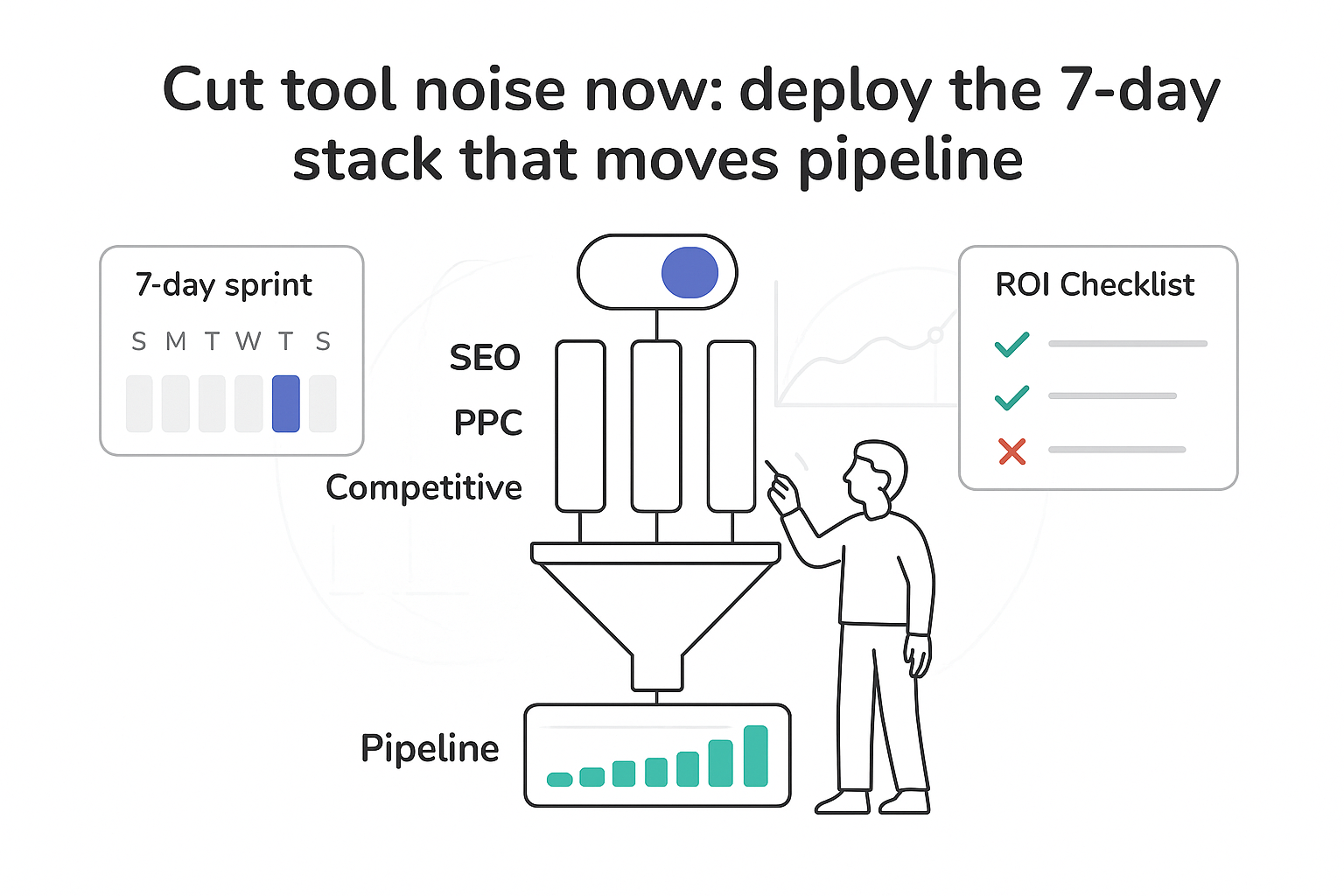
.svg)